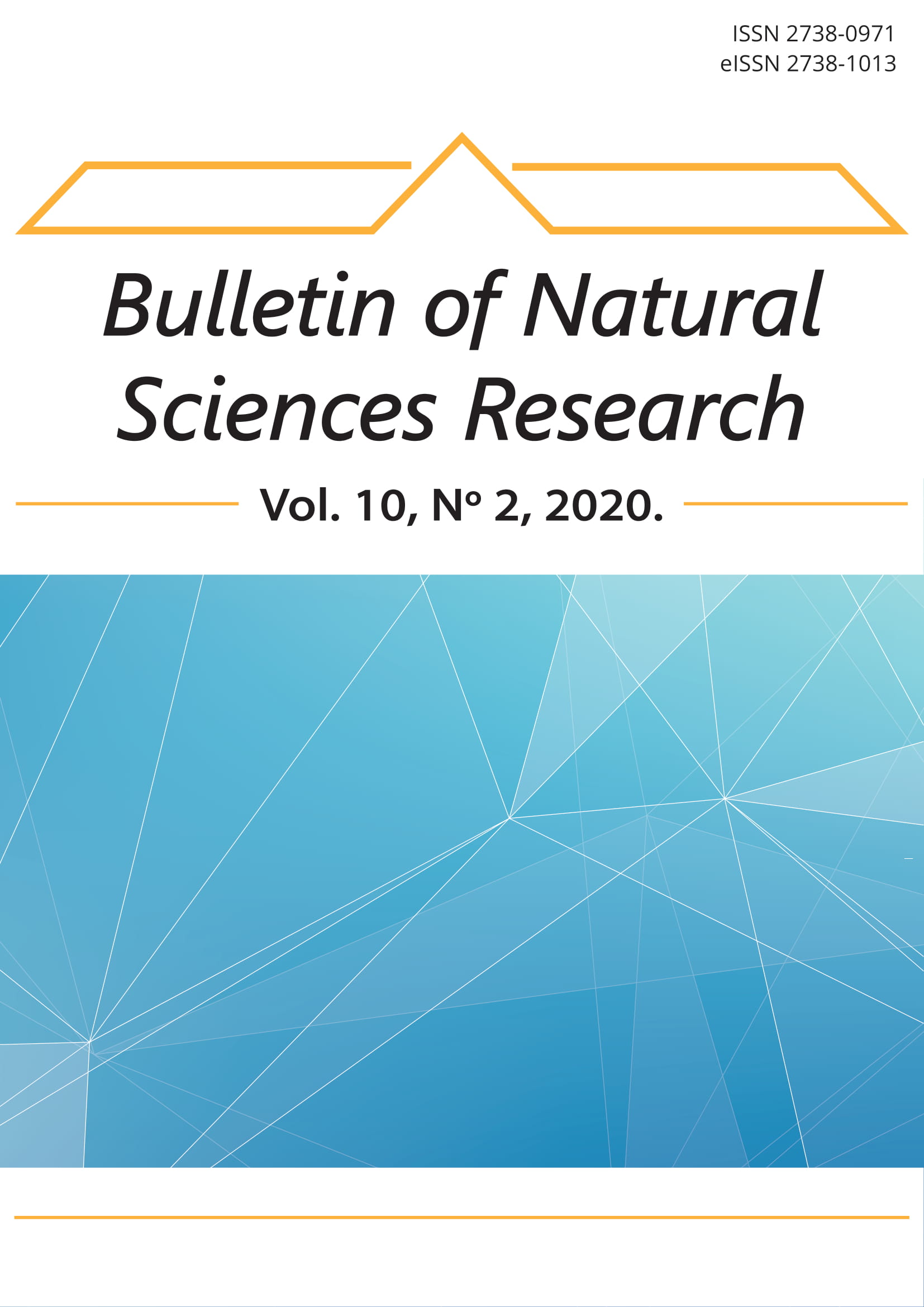FUNCTIONAL TRANSFORMATION OF WEST MORAVA VALLEY DISTRICT SETTLEMENTS
Abstract
The existing territorial layout and the current demographic situation in the settlements of West Morava Valley District during the late 20th century and at the beginning of the 21st century are the result of the synchronized action of the process of industrialization, deagrarization and urbanization. They conditioned the selective transformation of urban and rural space, which led to the concentration of the population in urban and suburban settlements and the depopulation of the rural part of the West Morava Valley District. Within the studied region, the hierarchy of municipal centers, subcenters and communities of settlements was observed. Based on important theoretical and methodological assumptions and indicators, the paper analyzes the functional transformation of the settlements of West Morava Valley in the period between 1971- 2011. It was determined by certain quantitative methods that the changes went in the direction of reducing the share of purely agrarian settlements and increasing the share of industrial and service settlements.
References
Antić, M. 2015. Tipologija seoskih naselja kao polazište revitalizacije ruralnog prostora Srbije. Zbornik radova sa 4. Kongresa srpskih geografa. Univerzitet u Beogradu: Geografski fakultet i Srpsko geografsko društvo. pp. 453-458.
Bouldville, J. 1966. Problems of Regional Planning:Edinburgh University Press. Edinburgh.
Davies, E.K.D. 1967. Centrality and Central Place Hierarchy. Urban Studies, 4.
Dragojlović, J., Ristić, D., & Milentijević, N. 2017. Spatial functional transformation and typology of the settlement system of Toplica district. The University Thought - Publication in Natural Sciences, 7(2), 47-51. doi:10.5937/univtho7-15574
Đurkin, D. 2018. Tipovi promena populacionog razvoja naselja Južnog Banata (Srbija). Glasnik Srpskog geografskog društva, Beograd, 91(1), pp. 107-121.
Grčić, M. 1999. Funkcionalna klasifikacija naseqa Mačve, Šabačke posavine i pocerine. Glasnik Srpskog geografskog društva, Beograd, 79(1).
Lukić, T. Dunjić, J. Đerčan, B. Penjišević, I. Milosavljević, S. Bubalo-Živković, M. & Solarević, M. 2018. Local Resilience to Natural Hazards in Serbia. Case Study: The West Morava River Valley. Sustainability 2018, 10(8), 2866, p. 1-16, https://doi.org/10.3390/su10082866
Marković, J. 1970. Geografske oblasti SFRJ. Zavod za uđžbenike i nastavna sredstva. Beograd.
Matijević, D. 2009. Spatial functional connectionof the settlements Municipalities Stara Pazova with the urban sistem of Belgrade. Geographical institute Jovan Cvijić SANU. Belgrade.
Pavlović, M. & Radivojević, A. 2009. Promene u funkcionalnim tipovima naselja opštine Sokobanja. Glasnik Srpskog geografskog društva, Beograd, 89(3), pp. 81-93.
Penjišević, I. 2016. Geografski aspekti regionalnog razvoja Zapadnog Pomoravlja. Univerzitet u Novom Sadu: Prirodno-matematički fakultet. Doktorka distertacija.
Republički zavod za statistiku. 2012. Popis stanovništva, domaćinstava i stanova 2011. u Republici Srbiji. Ekonomska aktivnost, podaci po naseljima. Beograd
Republički zavod za statistiku. 2014. Uporedni pregled broja stanovnika 1948-2011. Podaci po naseljima, knj. 20. Beograd
Savezni zavod za statistiku. 1974. Popis stanovništva 1971. Aktivno stanovništvo prema delatnosti, knj. 10. Beograd.
Stamenković, S. & Gatarić, D. 2007. Čačak i njegov dnevni urbani sistem. Glasnik Srpskog geografskog društva, Beograd, 87(1).
Stanisavljević, D. 1974. Populacioni razvitak gradskih naselja u Zapadnom Pomoravlju. Univerzitet u Beogradu: Geografski fakultet. Beograd. Magistarski rad.
Topografska karta 1:300 000, list Kragujevac, 1988. Vojnogeografski institut, Beograd.
Tošić, D. 1999. Prostorno-funkcijski odnosi i veze u nodalnoj regiji Užica. Univerzitet u Beogradu: Geografski fakultet. Beograd. Doktorska disertacija.
Tošić, D. 2012. Principi regionalizacije. Univerzitet u Beogradu: Geografski fakultet. Beograd.
Tošić. D. & Krunić, N. 2005. Urbane aglomeracije u funkciji regionalne integracije Srbije i Jugoistočne Evrope. Glasnik Srpskog geografskog društva, Beograd, 85(1).
Authors retain copyright and grant the journal right of first publication with the work simultaneously licensed under a Creative Commons Attribution License that allows others to share the work with an acknowledgement of the work's authorship and initial publication in this journal.

